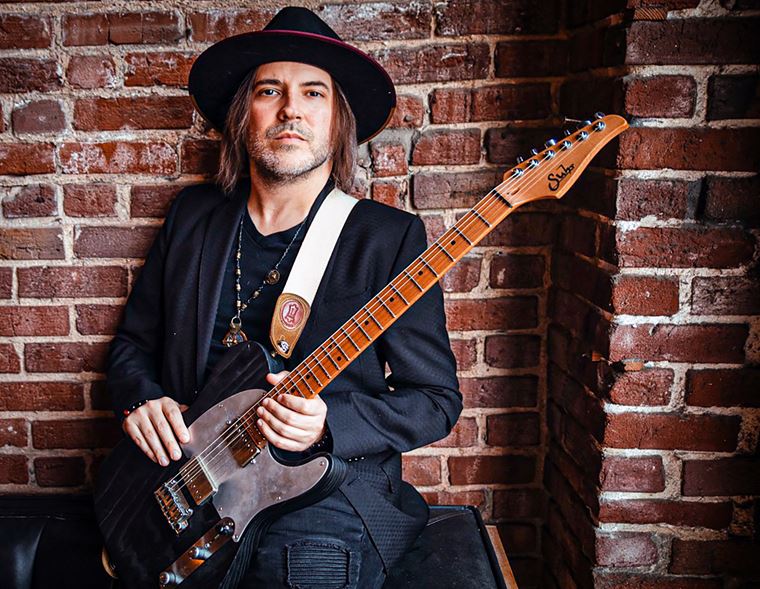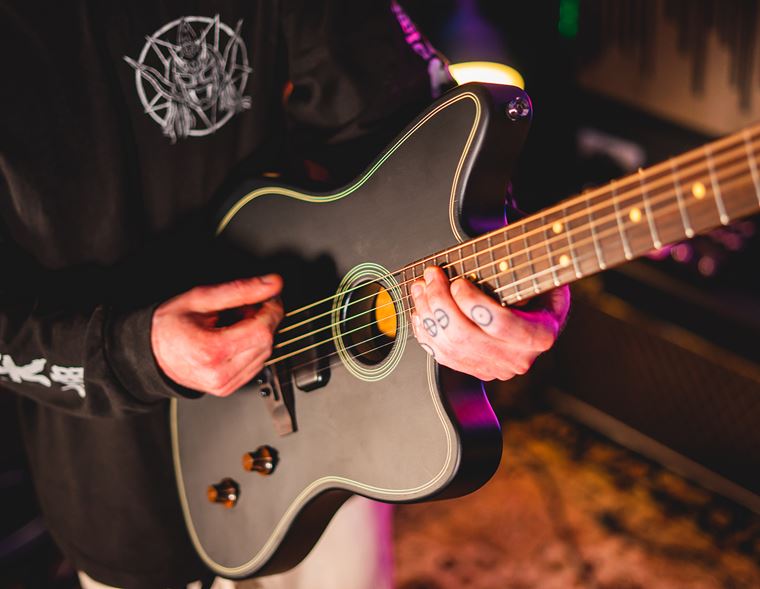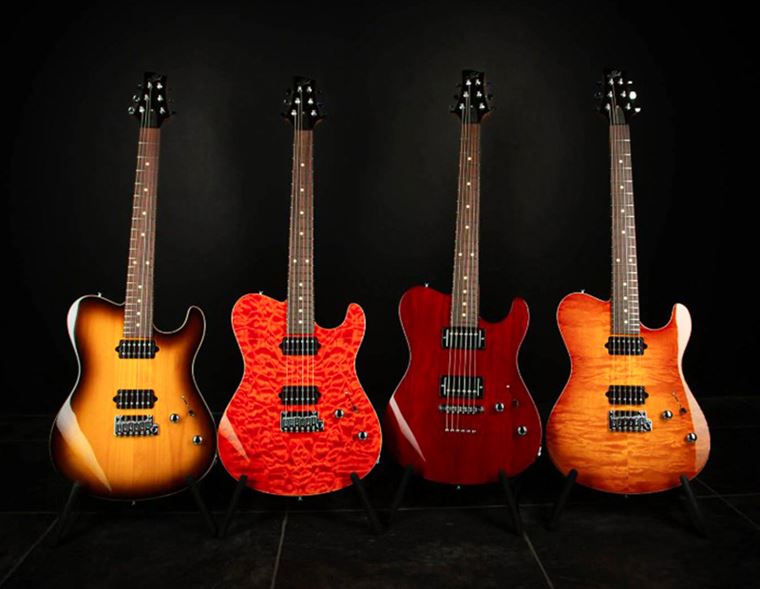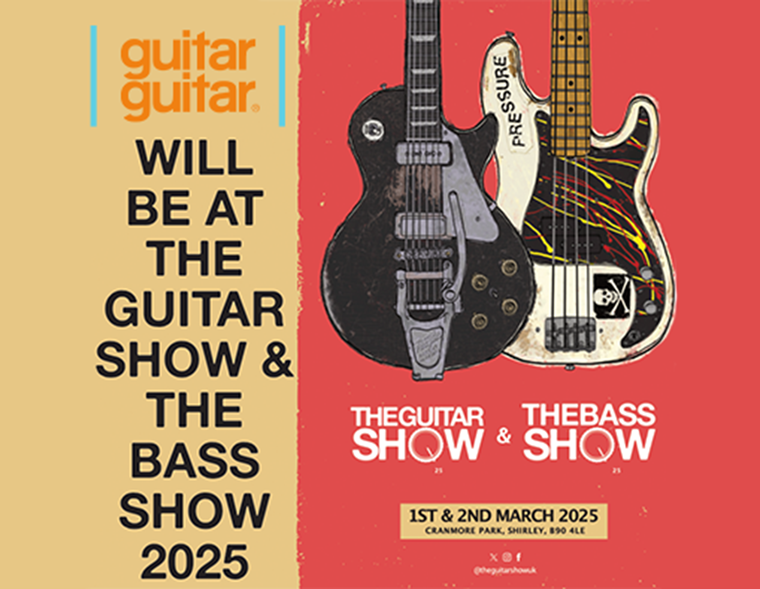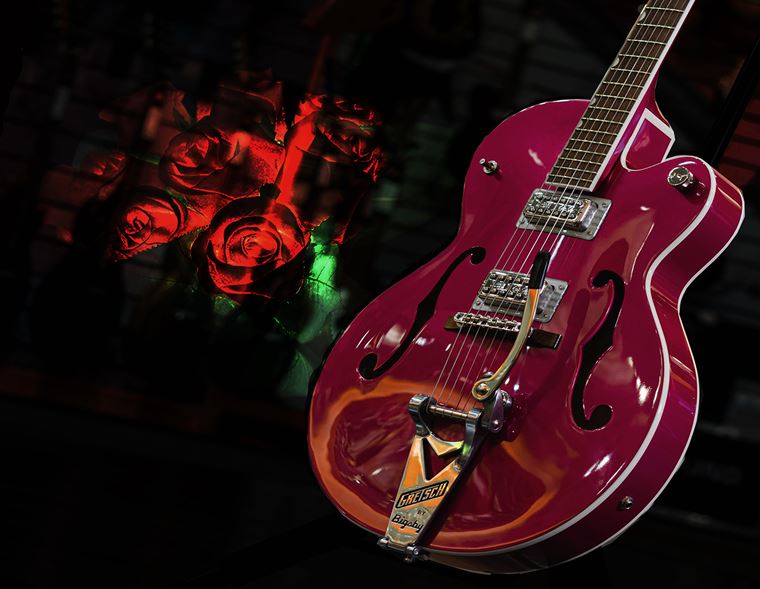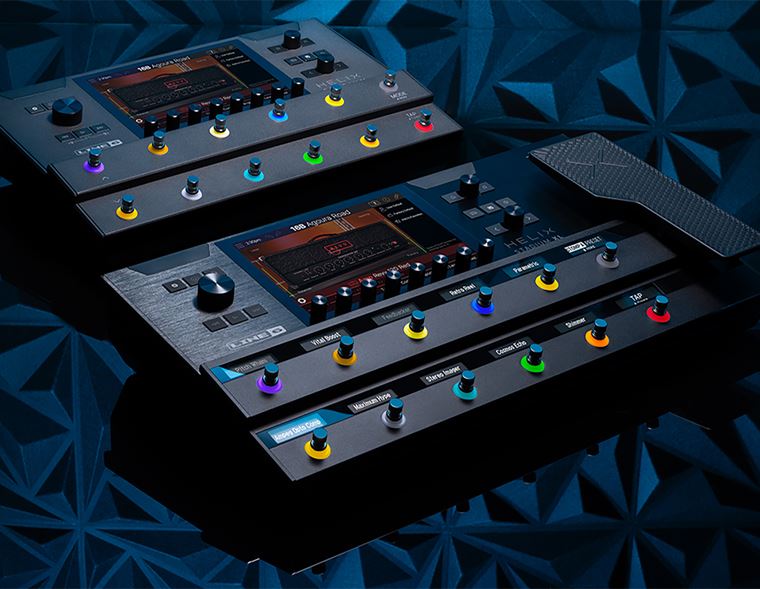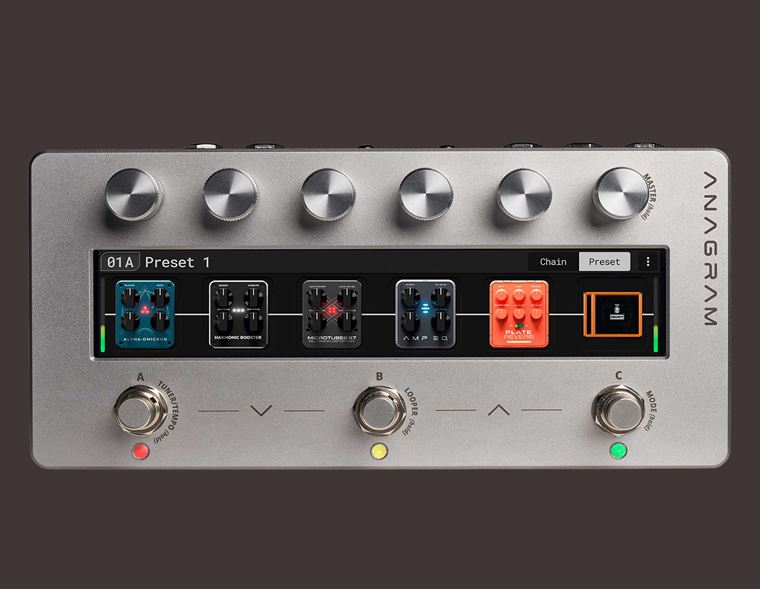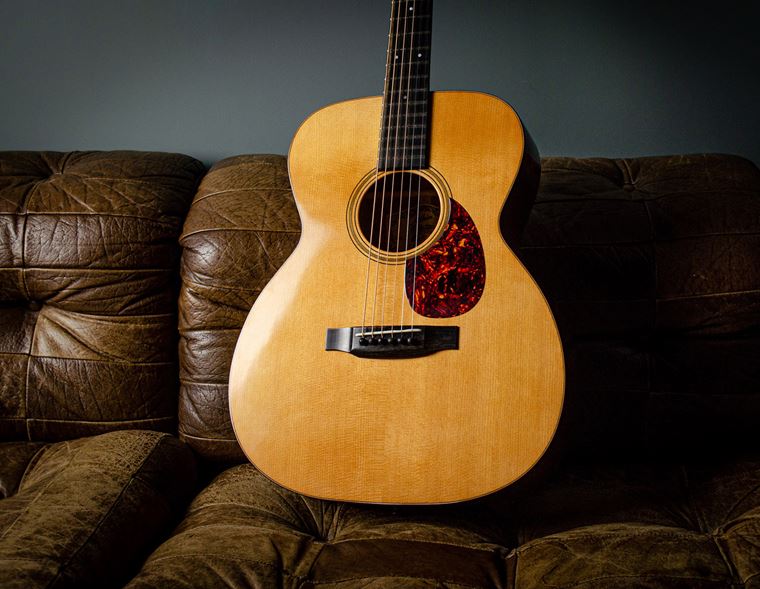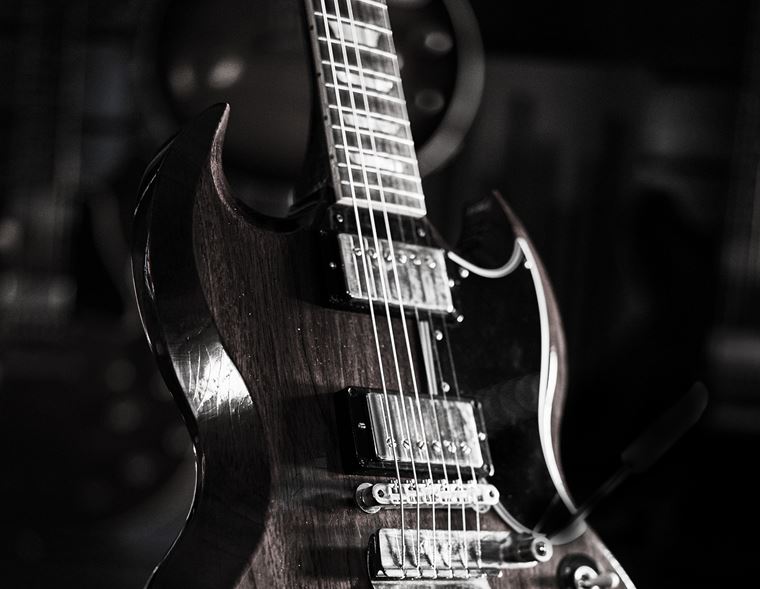A Closer Look: Gibson Custom Shop 60th Anniversary Les Pauls
1958-1960. Whatever magic dust Gibson’s builders had in their cauldrons back then, it was pretty strong stuff.
60 years later, us guitarists still can’t quite get over how perfect that small run of Les Paul Standards was. The build, the feel, the sound, the look...everything that sums up Gibson’s most famous model crystallised at this specific point in history. Tiny differences in the hand-build of each guitar means that, today, people have their favourite neck profile or application of Sunburst, but they are collectively a high watermark for electric guitar enthusiasts.
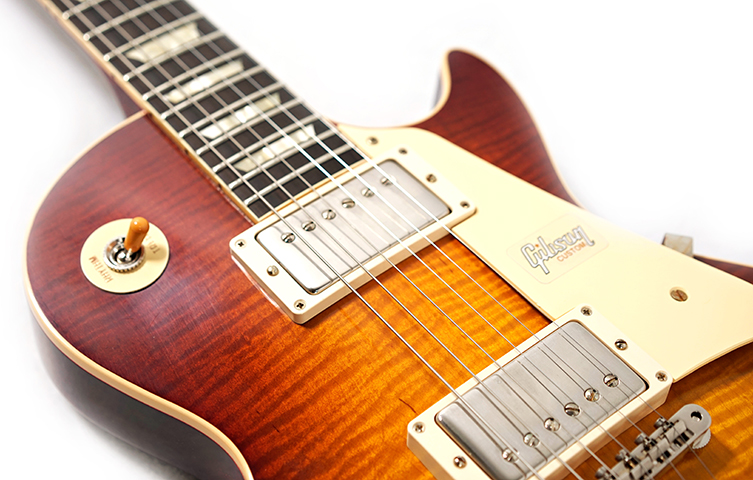
As we all know, the few surviving examples of Les Paul Standards from the hallowed 58-60 period are all museum pieces nowadays. They cost more than a large house or Sports car to buy, and even if you could find one for sale, and afford it, you could probably forget about ever getting it insured to take out on the road and play (unless you are Billy Gibbons or Kirk Hammett...)!
In short, they’ve long since disappeared from the hands of guitar players. How, then, can players like us get our eyes, ears and hands on instruments of the same calibre?
Gibson Custom Shop have the matter in hand. Through hands-on access to actual vintage examples of these fabled models, Gibson’s artisans have been able to painstakingly recreate, to the most minute level, the details, measurements, and specifics of these Holy Grail guitars. Behold, the Gibson Custom Shop 60th Anniversary 1959 and 1960 Les Paul Standards!
No time or expense was spared: we are talking about hand-carved tops with constant measuring and re-measuring to get the ‘slopes’ and curves correct; we are talking about researching and developing the exact types of plastic used for the pickguard (Laminated Cellulose Acetate Butyrate, since you asked) and the control knobs (another, slightly different type of Butyrate). This are not just Les Pauls, they are authentic facsimiles.

59 or 60?
Yes indeed, which do you prefer? In practical terms, these guitars are all unique, one-off instruments. They are all hand-made. The sumptuous tops are all slightly different too, as a cursory look at our remaining selection proves. The real point in question is the neck profiles. The 59 neck profile, described by Gibson Custom Shop as ’59 medium C’, is actually pretty chunky. It’s also one of the most sought after neck profiles in guitar history, certainly for fans of vintage Gibsons, not to mention enthusiasts of British Invasion guitar playing, such is the ’59 Les Paul’s dominance of such a style.

The ’59 profile is many things to many people, but it may not necessarily by the best thing for you! We are all different, after all. Therefore, Gibson Custom Shop’s 60th Anniversary 1960 Les Paul Standards have the ’60 Skinny C’ neck profile. That’s skinny by Gibson’s terms, so it’s not skinny at all if you grew up playing Ibanez guitars! Still, it’s a substantially thinner profile than the ’59, and therefore gives the 1960 model a significantly different feel.
They all feel different, frankly, but that again is the part of the beauty and wonder of hand-made guitars. They are all exquisite examples of what are really the ultimate Les Pauls!
Importantly, the historical switch over from chunky ’59 neck profile to skinnier 60s profile did not take place at the turn of midnight on Jan 1st, 1960! In reality, the change occurred some time earlier, so some vintage 1959 Les Pauls have the slimmer profile neck. For the sake of authenticity, so do some of ours! These are all one-off guitars, remember, so make sure you check the spec on each product page to find the neck and top you prefer.
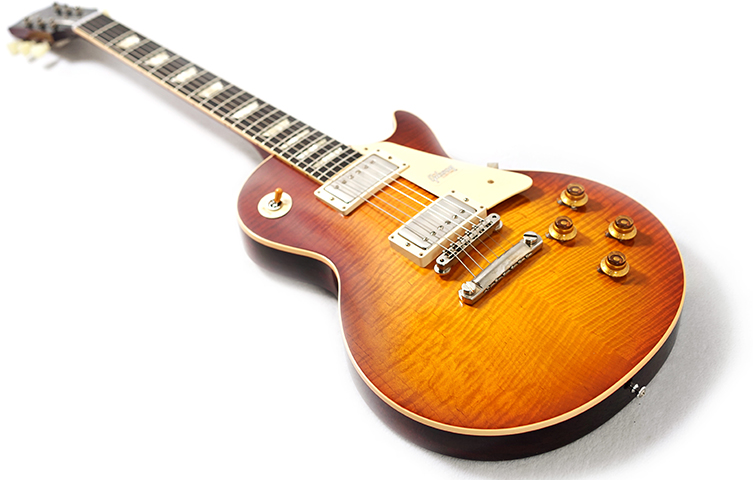
The Best Materials
These guitars are made up of single pieces of top-grade Mahogany for the bodies, with another single piece being used for the neck. The tops are all 2 piece Figured Maple, cut generously thick and hand-carved to create the best ‘dishes’.
The fingerboards are all either Indian or Bolivian Rosewood, which are some of the very best varieties on the planet. The fretwork on each guitar is Historic Medium Jumbo in size. This is actually a huge factor in how the guitar feels, especially to your left hand when bending. Every little detail makes a difference, and this is part of what you’re paying for, so it’s great to see such exhaustive detail.
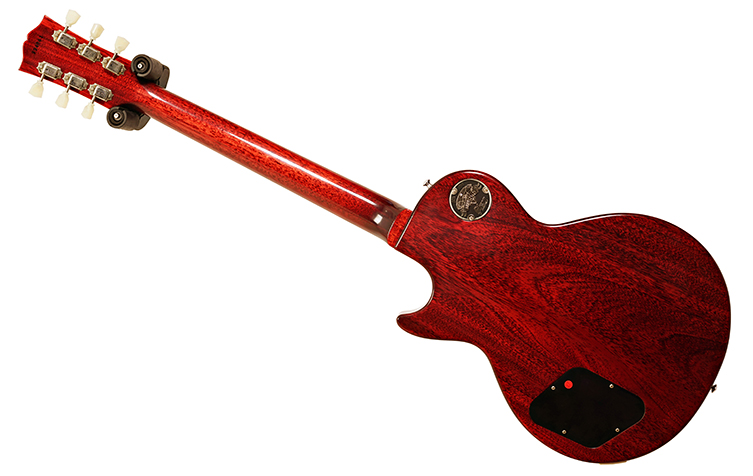
This extends, as we’ve said, to the plastic parts (including the binding of course) and the exact pigment and consistency of the translucent paints used in the finishes. As we know, no two sunbursts out of the Gibson factory in the late 50s were the same. Each hand-sprayed finish on these Les Pauls is distinct. Coupled with the natural variety of grain patterns on the maple tops, you have quite an exceptional gallery of masterpieces to choose from!
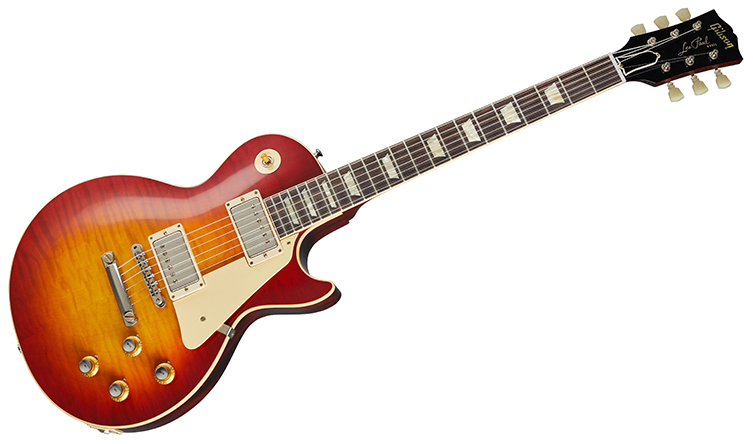
PAF Heaven
There is a lot of talk about PAF pickups in the guitar community. A LOT of talk! Dumble amps, Klon Centaur pedals and PAF humbuckers form the late 50s are the keys to the kingdom. Well, whilst we at guitarguitar believe there are many ways to achieve tonal nirvana, we also place high regard for vintage voiced humbuckers with less windings and greater clarity. We feel that they just translate more of the guitar’s sound across, and allow for more nuance in the player’s expression.
Gibson Custom Shop have created a set of pickups for these guitars that truly give voice to this concept. Using Alnico III magnets, these ‘Custombuckers’ are based entirely on existing pickup examples form the 58-60 era. They are unwaxed, in keeping with production methods of the time, and they have a sound to die for! The initial bite, note bloom and long, elegant sustain are all yours for the taking, here. Lightly overdriven sounds and clean tones are especially surprising: we all know what to hope for with a good distorted Les Paul, but one that performs under all circumstances is worth its weight in gold. Brightness and clarity are here ot be had, and whilst it’s obviously not on a par with a Strat, you can achieve beautiful clean sounds of an entirely different nature with one of these radiant Gibsons.

Distorted tones are, naturally, world-class. Plug into a quality amp, choose your preferred overdrive pedal and just listen to the thick, chewy tones burst forth! There’s lots of harmonic texture and overtone to enjoy, all singing gorgeously form whichever fundamental note you play. If your goal is to play a guitar that feels alive and has a real roar, you can stop searching! These guitars sound exactly as you’d want them to.
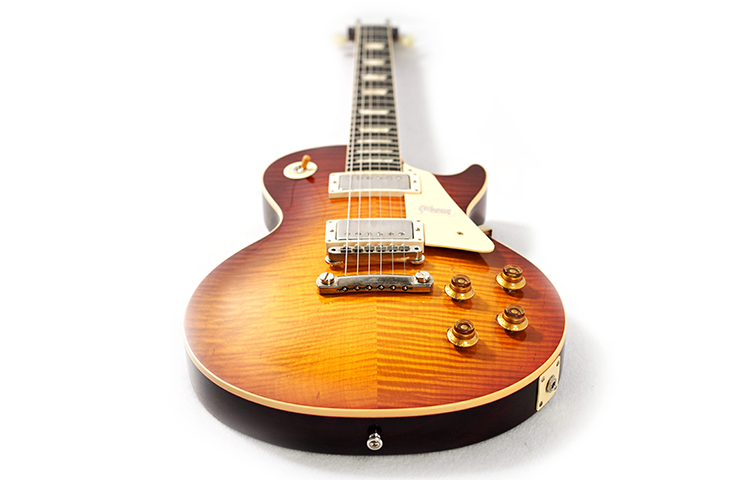
Limited Numbers
So, we have examples of both 1959 and 1960 60th Anniversary guitars. There are relatively few ‘59s left, so if you prefer that feel, please do take action whilst stock allows.
If you are more inclined to go with a 1960 Anniversary model, you are coming in right at the beginning! Help yourself to a great selection of incredible guitars, bearing in mind that you can still grab one with a ’59 neck profile (there aren’t too many left...) or indeed choose the slimmer 60s neck.
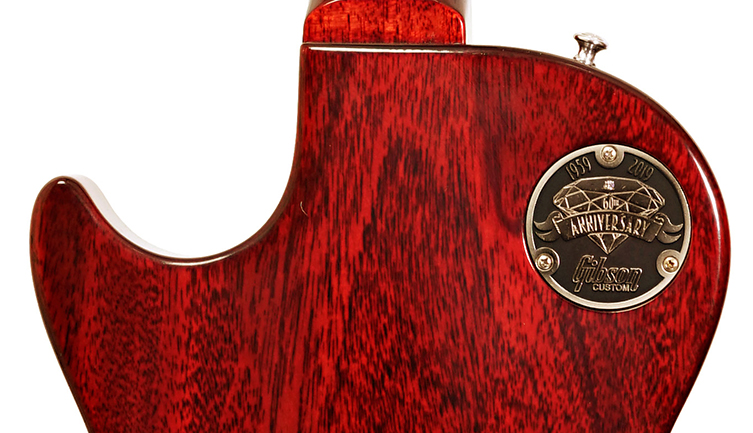
These are equally gorgeous, uniquely brilliant instruments. We show each guitar individually on our site here, so you can really get a look at the wood grain, the finish, and every other tiny, important detail. If you are a serious Les Paul player, these Anniversary models will likely be as close as you can reasonably get to owning that late fifties magic. These are uncommonly good guitars, and will give many decades of top-level performance. Nothing else comes close.


